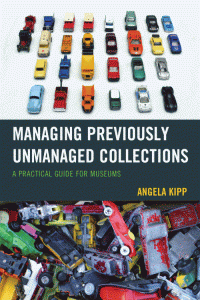 At the beginning of this year I asked you all if you were willing to join me in the journey of writing a book about managing previously unmanaged collections. And you did. Many of you were willing to support the project with stories, photos, comments, thoughts and encouraging remarks.
At the beginning of this year I asked you all if you were willing to join me in the journey of writing a book about managing previously unmanaged collections. And you did. Many of you were willing to support the project with stories, photos, comments, thoughts and encouraging remarks.
So today, I can proudly announce that I have handed in the manuscript and you can already find the book announced in the ”Essential New Books for Museum Professionals“ by Rowman & Littlefield on page 7.
Last week our colleagues in the U.S. celebrated Thanksgiving and in Germany we have a similar tradition of saying thank you at the end of the harvesting season, celebrating the ”Erntedankfest“. Today, it is my time to say thank you to all of you who contributed to the project! Thank you for investing your time, your knowledge and your thoughts!
Especially, I want to take the opportunity to thank my personal ”board of advisers“. If you are writing a book, you have to be aware of many pitfalls. But even if you aware of them in general, you sometimes need a second pair of eyes to spot them.
Pitfall #1: I know what I’m writing about!
Of course you know what you are writing about, otherwise you wouldn’t write the book. But your writing is shaped by your personal experience. You need someone who is as deep into your profession as yourself to help you see where you are missing important points or where your advise to the reader could backfire, given special circumstances you haven’t thought about. And you need this someone to discuss conundrums and definition questions with, because not everything is as clear and logical as you think it is, a fact that you only realize when you start writing about it.
For my book, my friend and colleague Darlene Bialowski, Principal of Darlene Bialowski Art Services, and a former Chair of the Registrars Committee of the American Alliance of Museums, who herself has seen a great many unmanaged collections, took this very time consuming job. She really read every chapter at least twice, sometimes more often, made suggestions and we discussed many aspects via email. Until today I don’t know how she crammed all of this into her already tight schedule, but I’m eternally grateful that she did. Thank you so much, Darlene!
Pitfall #2: A registrar’s way is not necessarily the best way!
If you are working in a profession you become extremely focused on the aspects that are most important in your everyday work. This lets you miss some aspects which are equally important if you look at the big picture. To help you see them, you need someone from a profession closely related to your own profession, but not from the same profession.
I’m grateful that Susan L. Maltby, Conservator at Maltby & Associates Inc., took the responsibility to read the manuscript from a conservator’s perspective and enriched it with many practical ideas as well as pointing me to some parts of the text where I missed either that artifacts could be damaged or health hazards I hadn’t thought about. Thank you so much, Sue!
Pitfall #3: What are you talking about?
My book is aimed at those who have never dealt with an unmanaged collection. Preferably people who have had a basic training in collections care and preventive conservation, but I also wanted the book to be usable as a guide for those who have never been in touch with the collections profession. But how could I be sure that someone who never cared for a collection understands what I’m writing about? I needed someone with no connection to the whole field of collections care who had the imaginative ability to put him- or herself into the shoes of someone who is confronted with the task of managing an unmanaged collection the first time.
Well, it turns out I have a friend who has the imaginative power to put himself in the shoes of a 19th century firemen on a steamship or a soldier fighting at Bull Run in the Civil War, so I asked Paul N. Pallansch of Up-Close Realism, Silver Spring, if he was willing to put himself into the shoes of a newly minted collections manager confronted with a chaotic unmanaged collection and only my book to help him. I’m glad he said yes, and I was quite relived when he wrote back that he had his doubts when he read my original question but now, after he read it, he thinks he could do it if he looks all the things up he doesn’t know about collections care. That’s exactly what I wanted the reader to think and feel like after reading. Thank you so much, Paul.
The manuscript goes now through the editing process now and I’ll keep you posted on the further progress of this project. As it looks now, ”Managing Previously Unmanaged Collections – A Practical Guide for Museums“ (Link to publisher’s catalog with pre-order option) will be available early next year.
Best wishes
Angela






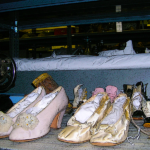
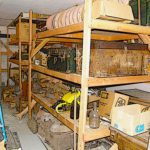



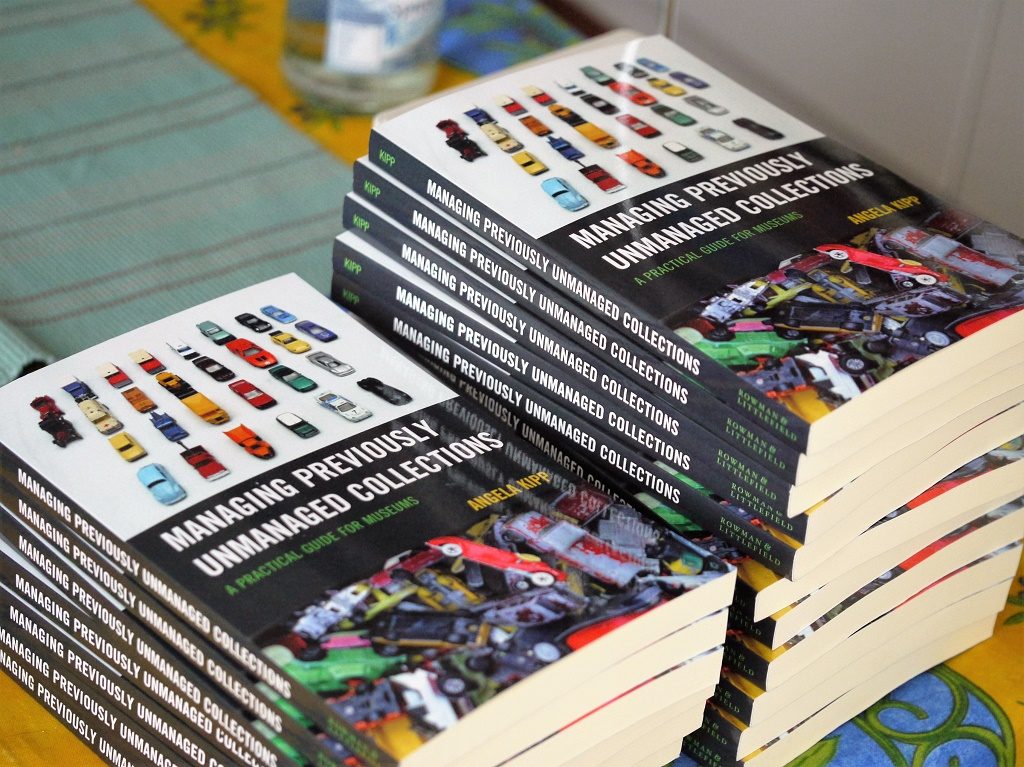
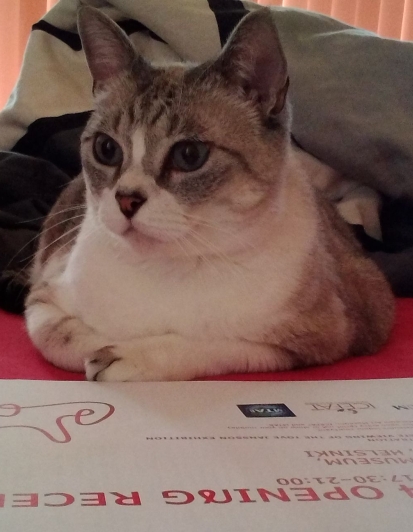




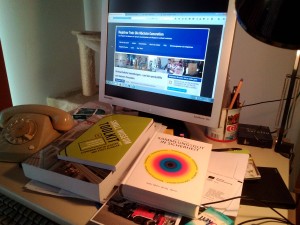 Was it already a year ago we raised our glasses to celebrate the
Was it already a year ago we raised our glasses to celebrate the 

